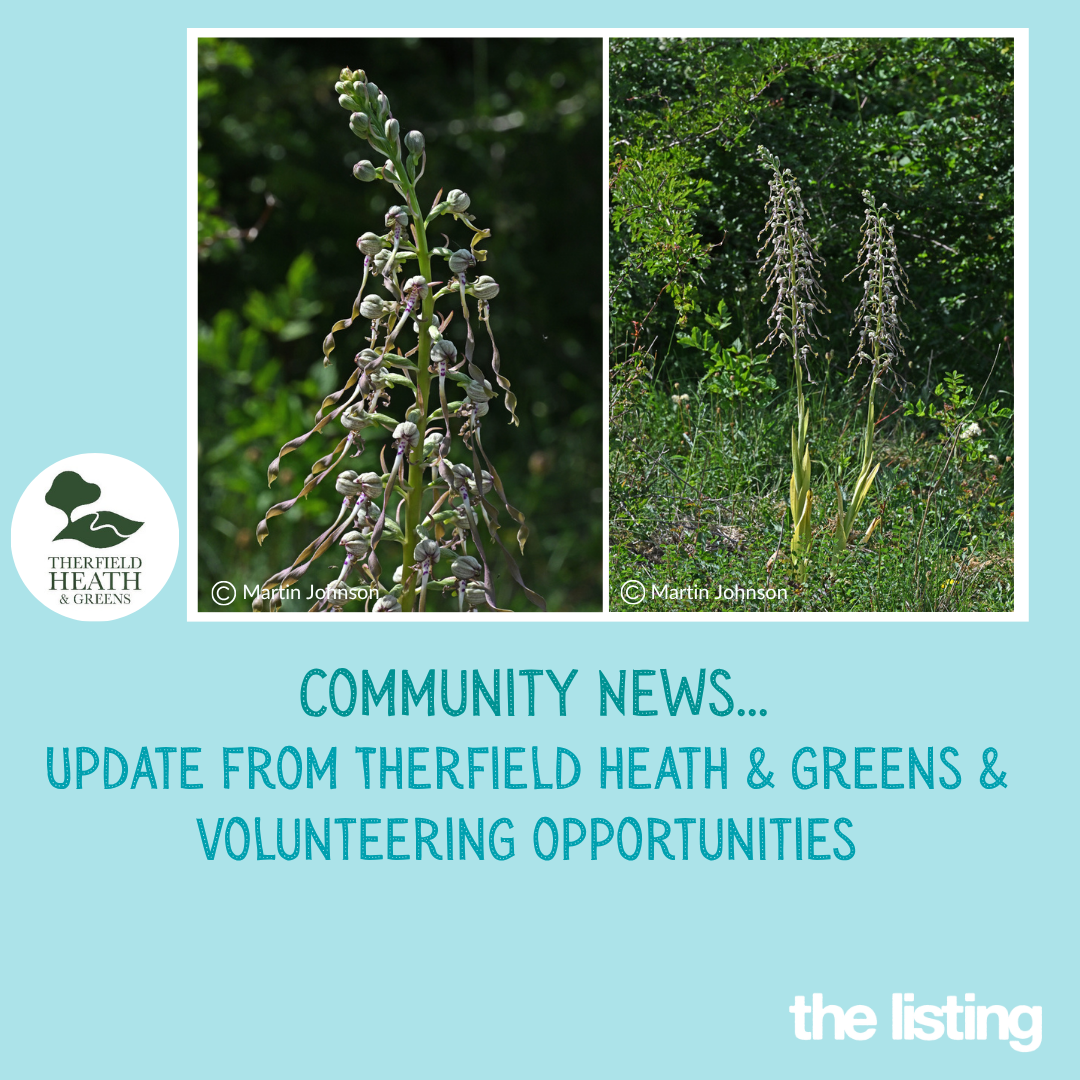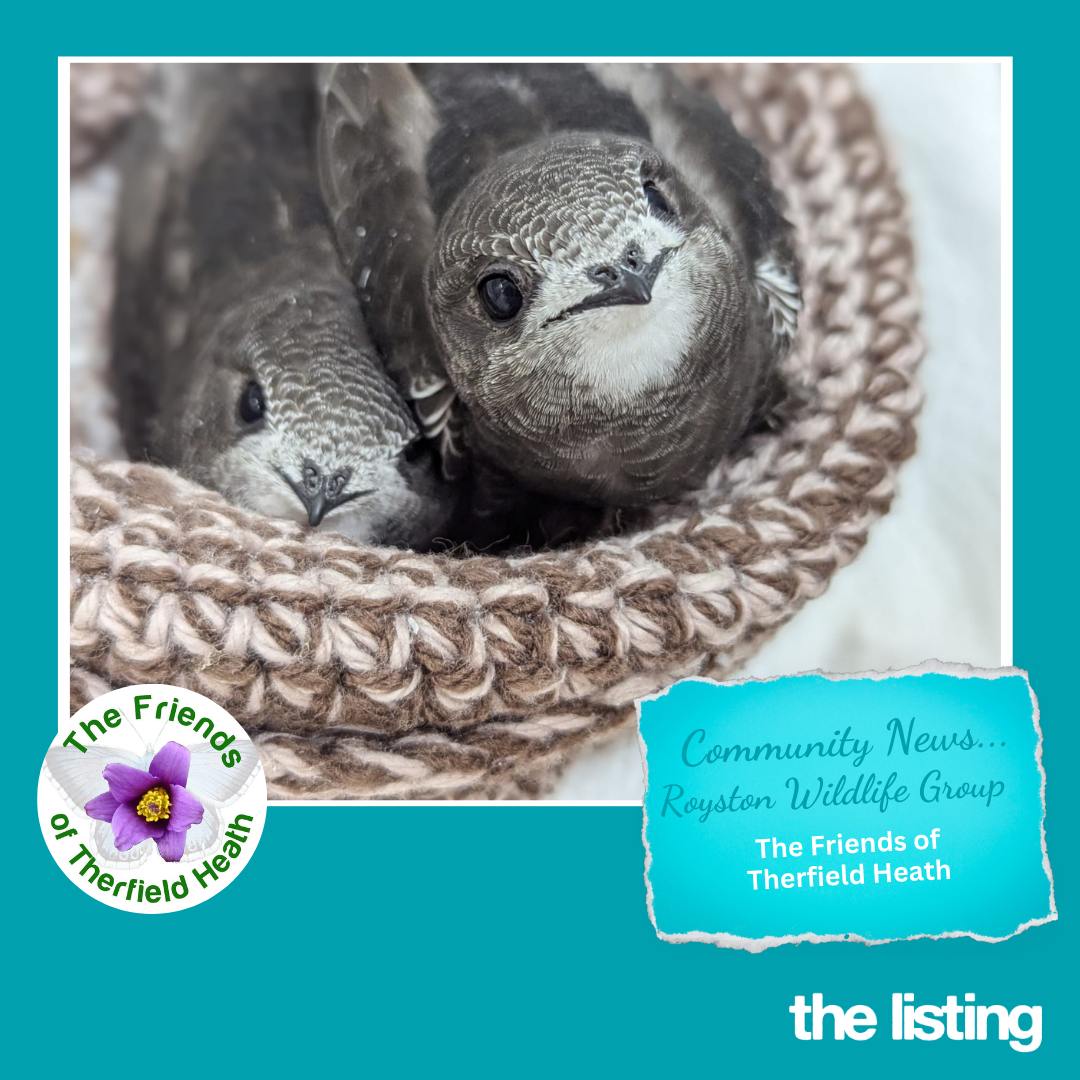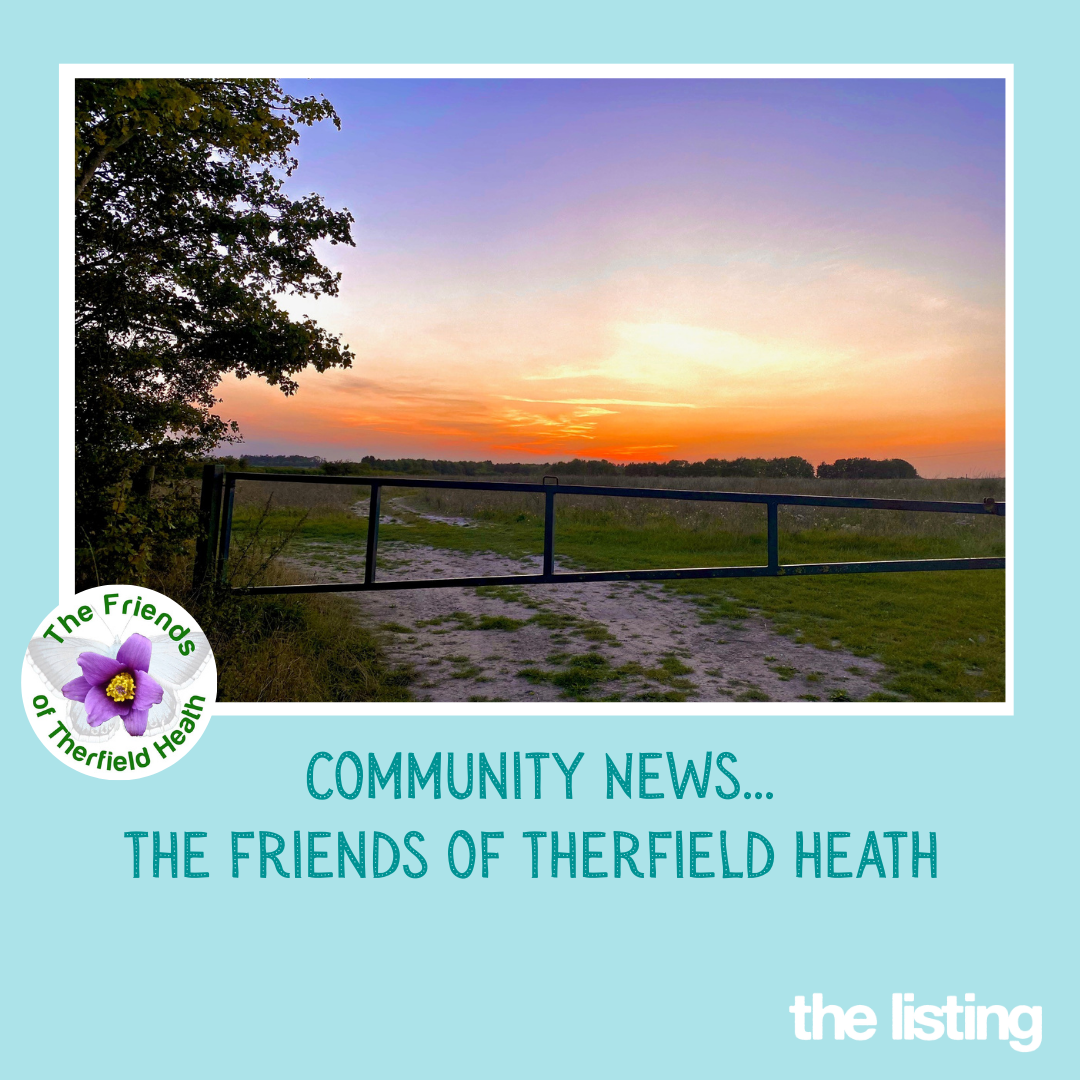Think Garden, Think Richard: Outdoors is the place to… Do more with less… by Melbourn garden designer, Richard Arnott
In this new series of articles, I look to challenge you about how you look at your garden in these changing times and reflect on how important our outside time is to nourish ourselves and our loved ones.
As the vaccine is being rolled out, we have every reason to keep positive and hopeful that change is on the horizon, but keeping physically and mentally fit should remain high on our list of priorities. I am a strong believer that nature has a key role to play in affecting our sense of wellbeing and connection to the land. We are all having to learn how to do more with less at this moment and I think the gifts that nature can offer when you tune in are sources of treasure. The pleasure gained from sighting your first snowdrop flower opening or a robin singing on a cold winter’s morning should not be underestimated. Being observant is often neglected as we enter adult life, but is a key to tuning into nature, being a better gardener and grounding us in the moment. Try looking through the eyes of a child and recapturing the curiosity that that wonderful age brings. Tune into nature and the plants around you and challenge yourself to learn something new each day about the plants you see and perhaps have taken for granted. Use technology to help by taking a photo on your daily exercise walk of a plant you don’t know and look it up to find out more about its preferred habitat and other plant groupings it could be planted with. This could really help inform how to use this plant in your own garden and if indeed it is even appropriate to your soil type or aspect. The key to better gardening is plant association which stems back to how plants grow naturally in nature. The flora in your local environment is always the starting point for any planting design as this tells you so much.
Winter berries are a great curiosity during this time of year as they are another plant attribute that we should be taking time to notice and appreciate as we develop our observational skills in the pursuit of becoming better gardeners. Many of the earlier berrying shrubs will have been snaffled by the birds at this point in the year so it will be a keen eye that can find the berries now. A very easy one to spot that is everywhere on a walk in the countryside is common Ivy – Hedera helix. Birds such as wood pigeons – Columba palumbus are especially keen on them and can draw your attention to where they are growing. As the berries ripen, they turn a dark purple that looks great with low winter light. A couple of cracking evergreen shrubs to consider in the garden for berries would be Cotoneaster ‘Cornubia’ with its red berries and Pyracantha ‘Orange glow’ with stunning burn berries. I like to use the Cotoneaster in shelterbelt plantings and Pyracantha is good for training as a wall shrub. If you want white berries at this time of year, I would recommend Snowberry – Symphoricarpus albus which works well as an informal hedging plant with its striking white berries on bare foliage. The real eye-catching berrying shrub is Callicarpa bodinieri var. Giraldii which grabs the lime light with its bright purple berries in clusters on the plant’s bare stems. I challenge you to spot it in a front garden during your daily lockdown walk for exercise.
Winter bulbs are another fantastic way to develop our skills in the pursuit of plant appreciation. All too often we are looking for the exciting, bigger trees and shrubs to capture our attention, but there is lots to appreciate at the lower levels too. Think about the whole plant picture rather than plants in isolation. I have a real fondness for the humble snow drop – Galanthus nivalis, its simple white lanterns hanging down from green stems gives me hope of the beginnings of new life in the garden. They are very often associated with winter gardens and winter walks in fine places like Anglesey Abbey, but there is no reason not to include them in your own garden in a position where you can appreciate them perhaps from a prominent window, perhaps with a grouping of Cornus to set the colours off. Another very under rated winter bulb is Winter Aconite – Eranthus hyemalis which when established on mass produces a fantastic carpet of sulphur yellow flowers. It is often confused with celandine but is much more garden worthy. Start with a few plants and allow them to seed year after year to increase in number. I have a strong image of them underneath a mature copper beech in a garden I know that gives a stunning carpet of yellow with a majestic old tree above, but they could easily be partnered with groupings of snow drops along a path edge in the garden. Snow drops are best established bought in the green after flowering or by dividing and splitting existing clumps. Look out for these very simple beauties when you are observing your local environment. Being present in the moment and allowing time to soak up an experience is nourishing and life affirming. The journey of creating a good garden should be enjoyable and the obsession should not be the final destination!













